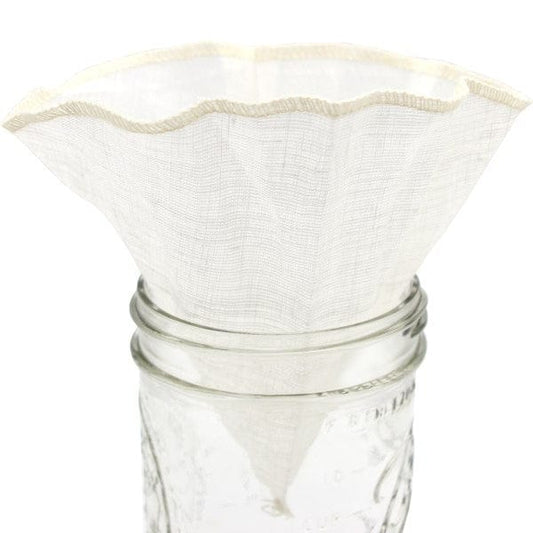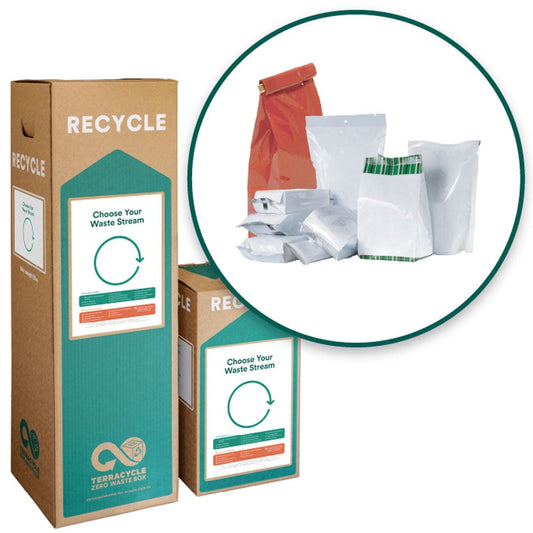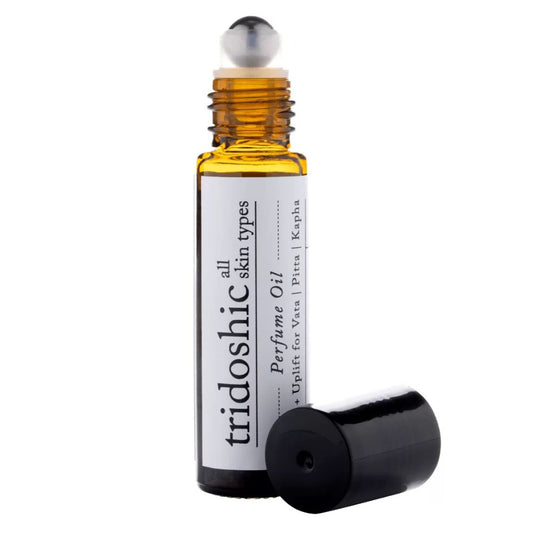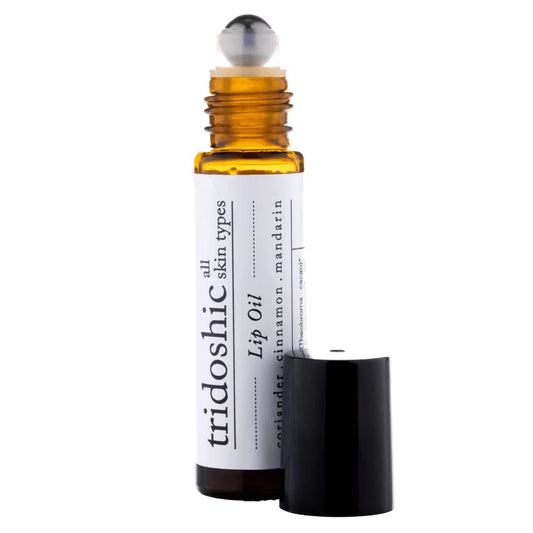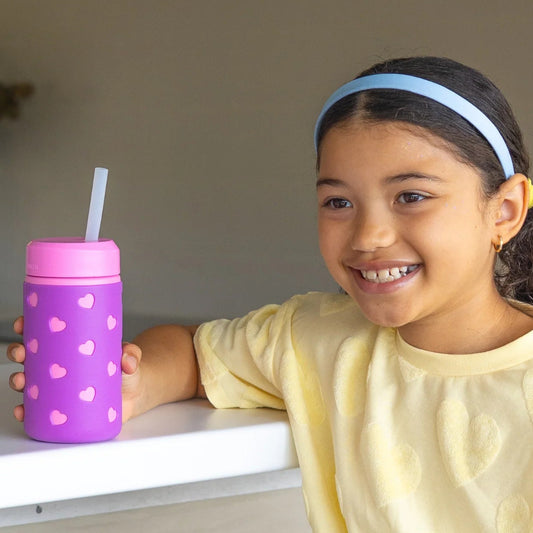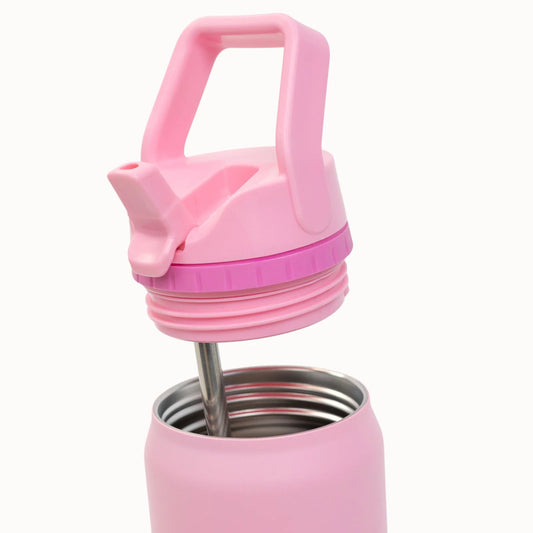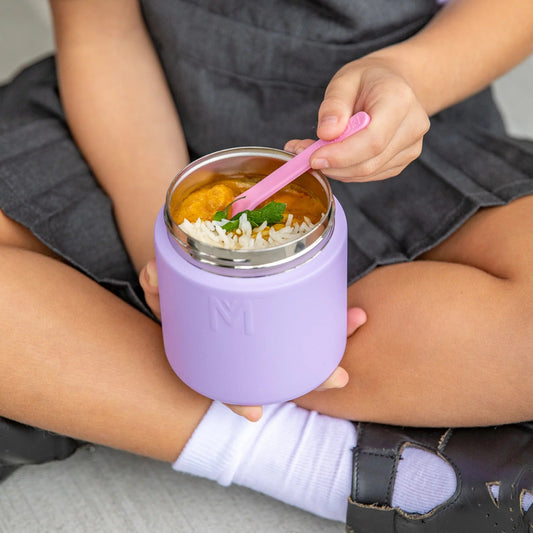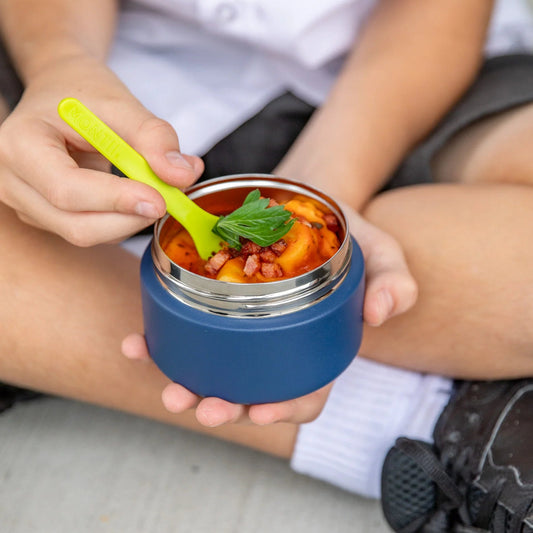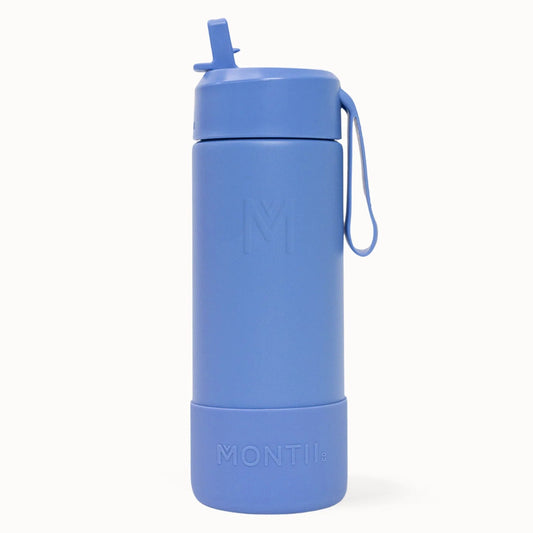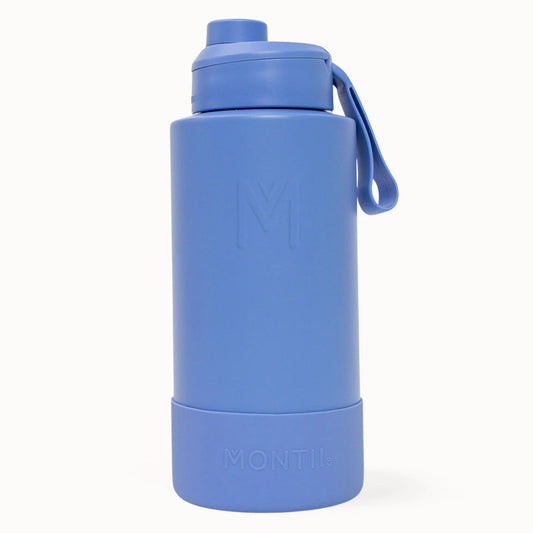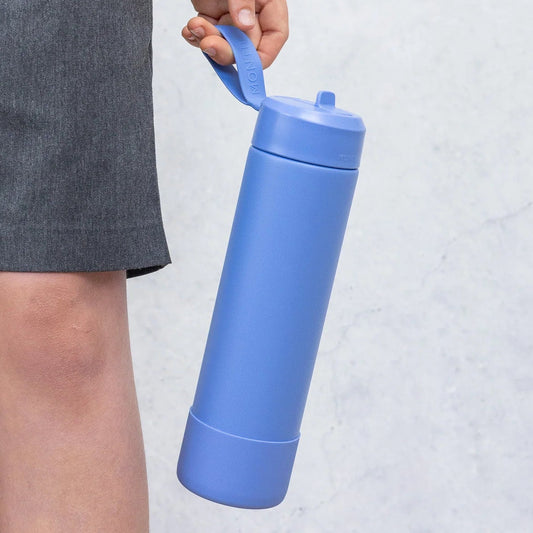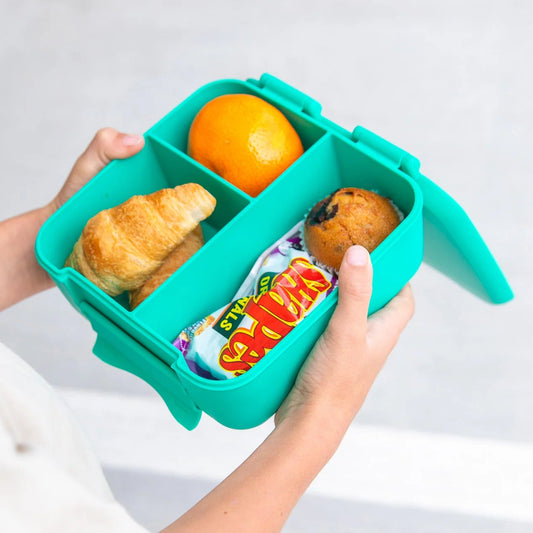If you love espresso coffee, whether a latte, macchiato, iced coffee, or double shot almond mylk, you know how expensive and sometimes wasteful it can be to buy it from a cafe. A coffee costs anywhere from $4 to $7, depending on where you live, the size, and your preferred milk! But, what if you could make your own espresso at home in a reusable cup, for a fraction of the price and without generating any throwaway waste?

In this blog post, I'll show you how to do just that, and how much you can save by brewing your own espresso. Plus, scroll right to the bottom for tips from my personal experience.
Equipment needed to make espresso coffee at home
First, you'll need an espresso machine. There are many options available from cheap to pricey. In our kitchen, we have this Delonghi Dedica that costs around $180. This machine has made two to three coffees every day for several years! It's only 15cm wide too, so does not take up much bench space.

I know others who have a Breville Bambino Espresso machine that looks similar, but is more powerful, and costs $450. It has an automatic milk frothing function that is very handy, and produces more silky aerated milk than ours. I think it makes a better-tasting coffee, though it's hard to be sure!
You may also need:
- grinder - we do not have a grinder, so I purchase pre-ground coffee
- tamper - comes with the machine
- milk frother - most machines include the frother, though you could purchase a stand-alone one. The quality of the milk frothing is where some cheaper machines are not as good.
For this calculation, we'll use $300 as the average set-up cost.
Coffee beans
Next, you'll need some coffee beans. The quality, freshness, and grind of the beans will affect the taste and aroma of your espresso, so it's worth testing a few varieties until you find your favourite. Don't be put off if the coffee does not taste as nice as you like, as it could well be the beans.
I always choose Fair Trade-certified coffee, and if possible, Organic also.
The price of beans varies from $10 to $40 per kilogram. Packaged already-ground espresso, costs more at around $7 for a 200g packet (so $35 per kilogram).
For this calculation, we'll use an average price of $30 per kilogram.
How much coffee do you need for one shot of espresso? The standard dose is 7 grams, but some people like to use more or less. I'll use 7 grams as the default dose. That means one kilogram of beans can make about 142 shots of espresso. If you divide the price of the beans by the number of shots, you get the cost per shot of 21 cents.
Milk or mylk
Now, let's talk about milk. If you like your espresso with milk, such as in a latte or a cappuccino, the type and amount of milk will affect the cost and the taste of your drink. You can use dairy milk or plant-based milk, such as soy, almond, oat, or coconut. The price of milk can also vary widely, from $2 to $4 per litre. For this calculation, I'll use $2 per litre.
How much milk do you need for one drink? Again, this depends on your preference and the size of your cup. A standard latte has about 180 ml of milk, while a standard cappuccino has about 120 ml of milk. I'll use 150 ml as the default amount. That means one litre of milk can make about 6 drinks. If you divide the price of the milk by the number of drinks, you get the cost per drink of about 33 cents.
But what if you want to try something different and more sustainable than dairy milk? You could use Ulu Hye plant-based milk, a world-first nut 'milk' concentrate that is made in Australia from organic nuts and seeds. Ulu Hye plant-based milk comes in glass jars that can make up to 10 litres of fresh nut milk. You just need to add water and blend for a few seconds. Ulu Hye plant-based milk has no nasties, such as gums, preservatives, or refined sugars . It also reduces landfill by preventing plastic cartons from entering the environment.
One jar of Ulu Hye costs around $12 and can make 10 litres of nut milk. That means one litre costs $1.20. How much Ulu Hye plant-based milk do you need for one drink? The same amount as regular milk: 150 ml. That means one jar can make about 66 drinks. If you divide the price of the jar by the number of drinks, you get the cost per drink. In this case, it's about 18 cents. Using plant mylk in a Tetra Pak will cost more.
We'll use 33 cents to cover all milks.
So how much does it cost to make your own espresso at home?

If you add up the cost of the coffee and the milk, you get 54 cents per drink.
How long will it take to break even on your investment? If you assume that you make one drink per day at home instead of buying, and that each drink costs $5 at the coffee shop and 54 cents at home, you can calculate how many days it will take to save enough money to cover your initial investment of $300. The formula is:
(days) = (initial investment) / ((cost at café) - (cost at home))
In this case:
(days) = ($300) / (($5) - ($0.54))
(days) = ($300) / ($4.46)
(days) = 67
That means it will take about 67 days or less than three months to break even on your investment. After that, you'll be saving money and reducing waste every day by making your own espresso at home! Or, if you spend double on your coffee machine set up at $600, it will take 134 days, or four and a half months to break even.
Of course, these are only estimates and will vary depending on many factors. We make at least two coffees a day in our house, so that halves the return on investment time!
Once we have passed the return on investment, which we did several years ago, we are now saving around $4.50 per coffee compared with buying out.
At one coffee per day for 365 days, that equals $1,645 per year saved! In fact, my daughter makes her coffee also, so as a household, we save $3,285 per year!
The main point is that making your own espresso at home can be a great way to save money, reduce waste, and enjoy delicious coffee every day.
Save waste too
By making your own espresso at home, you are also saving a lot of waste that would otherwise end up in landfills or oceans. Every time you buy a takeaway coffee without your reusable cup, you are using a disposable cup and a plastic lid, which are often non-recyclable. According to Simply Cups, a paper cup recycling program in Australia, 90% of discarded coffee cups with up to 60,000 kg of plastics per annum end up in Australia’s landfills. That's a huge amount of waste that could be avoided by using your own reusable cup or mug.
If you do not have a grinder at home, most coffee roasters will grind their beans for you and place into your own container. An air-tight glass container is best for storing ground coffee.
Sometimes I buy packaged ground coffee in plastic bags, in which case I try to save and send to Terracycle's coffee bag recycling scheme.
By making at home, I also can be sure that the used coffee grounds are not going to landfill. I put them on my garden and in the compost.

Imagine if everyone did the same. We could save millions of kilograms of waste and make a huge difference for our environment.
So, get yourself an espresso machine and a reusable cup or mug and start making your own espresso at home today!
My favourite reusable coffee cups at Biome
KeepCup - the original and still the best in many ways, particularly the glass cups that are taste-neutral and feel best to drink coffee from. Spill proof with lid closed, but not leak proof.
Fressko - insulated stainless steel, leak proof. Heavier because insulated, but keeps coffee hot for longer.
Huskee - made from rice husk plastic, so super lightweight
Sttoke - ceramic, insulated and spill proof
Frank Green - ceramic, insulated
Help with other kinds of coffee
Nespresso? The single-use aluminium coffee pod waste is a scourge on our planet - only a small % of those capsules are saved and recycled. Find at Biome, completely waste-free Pod Star reusable coffee capsule. Wow.
If you're a filter coffee traditionalist, we do also stock at Biome reusable hemp fabric coffee filters to avoid paper waste!
Do you take your coffee in a chocolate? You won't want to miss Loco Love Coffee Creme chocolates.
More tips for the best homemade espresso
⭐ Use filtered water instead of tap water - it tastes better, and reduces the build-up of minerals such as calcium in your coffee machine.
⭐ When buying coffee that is already ground, be sure to buy "espresso" grind, not plunger. Plunger grind does not taste nice!
⭐ Sometimes the grind can be too fine for your machine and the pressure is not sufficient to push the water through the coffee. Try a different brand until you find the coffee flows freely through your portafilter.
HAPPY BREWING!
- - - - - - - - - -
MORE READING
There's no combo like coffee and chocolate! Read our go to guide to vegan dark chocolate in australia.


